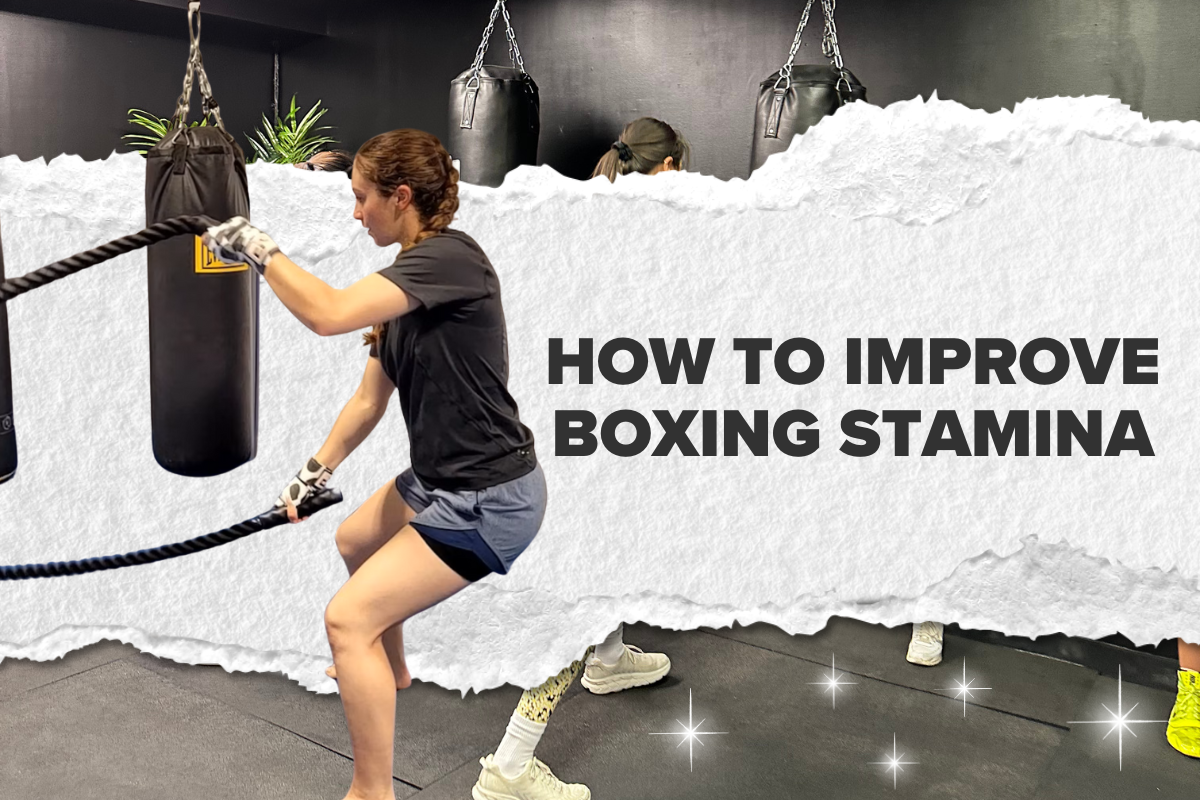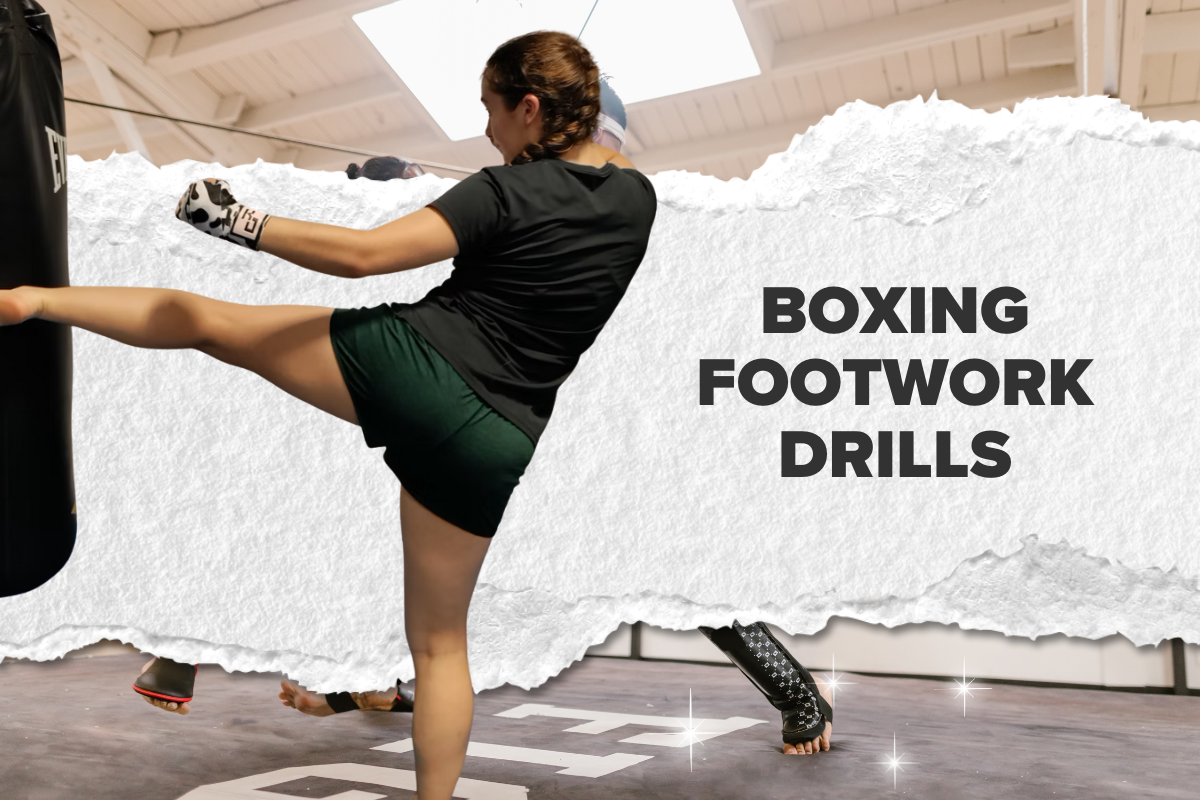If you’re just starting out with boxing, one of the best ways to build rhythm, improve coordination, and gain confidence is by learning simple boxing combinations. These combos form the foundation of your offensive game and can be practiced on the bag, with a partner, or even just shadowboxing in your living room. In this guide, we’ll break down essential beginner boxing combos, explain how to use them, and give tips for training them effectively.
What Is a Boxing Combination?
A boxing combination is a sequence of punches thrown in rapid succession. Rather than relying on just a single jab or cross, combinations help you stay offensive, unpredictable, and hard to counter. They allow you to create openings, keep pressure on your opponent, and work on timing and rhythm.
Each punch in a combination is typically assigned a number. Here are the basic ones:
-
Jab (1): A quick punch with your lead hand. It’s fast, straight, and sets up other punches.
-
Cross (2): A powerful rear hand punch. Often your most powerful shot.
-
Lead Hook (3): A short, circular punch with the lead hand, aimed at the side of the head or body.
-
Rear Hook (4): A hook thrown with the back hand.
-
Lead Uppercut (5): An upward punch with your lead hand.
-
Rear Uppercut (6): An upward punch from your rear hand.
Most beginner combinations use punches 1 through 4. You can add uppercuts (5 and 6) as you get more comfortable.
Why Are Combinations Important?
Throwing single punches makes you predictable and easy to counter. Combinations allow you to:
-
Keep your opponent guessing
-
Land punches more effectively
-
Practice footwork and timing
-
Improve cardio and coordination
-
Transition between offense and defense
When you master combinations, you start to understand the flow of boxing—how to move, when to strike, and how to set traps.
Best Boxing Combinations for Beginners
Let’s walk through a few beginner-friendly boxing combinations you can start training today. These are simple, effective, and easy to remember.
Jab – Cross (1–2)
This is the most basic and essential combo in boxing. The jab sets the distance, and the cross brings the power.
How to do it:
-
Throw a quick jab with your lead hand.
-
Follow immediately with a straight cross from your rear hand.
Why it works: It’s fast, simple, and can be used in almost any situation. Great for beginners to learn timing and distance.
Tips:
-
Step forward slightly with the jab.
-
Rotate your hips for power on the cross.
-
Keep your non-punching hand up for defense.
Jab – Cross – Hook (1–2–3)
This three-punch combo adds an angle attack with the hook.
How to do it:
-
Jab with your lead hand.
-
Cross with your rear hand.
-
Finish with a lead hook to the head or body.
Why it works: It’s great for mixing up your angles and breaking through a tight guard.
Tips:
-
Don’t rush the hook—feel the rhythm.
-
Pivot slightly on your lead foot for the hook.
-
Focus on fluid movement between punches.
Cross – Hook – Cross (2–3–2)
This is a slightly more aggressive combo starting with your rear hand.
How to do it:
-
Start with a strong cross.
-
Throw a lead hook.
-
Finish with another cross.
Why it works: You lead with power and end with power. Great for counter-attacks or finishing combos.
Tips:
-
Stay grounded with good balance.
-
Use your shoulders to drive each punch.
-
Practice on the heavy bag for power.
Jab – Jab – Cross (1–1–2)
This combination helps you develop rhythm and break timing patterns.
How to do it:
-
Throw two jabs.
-
Follow with a strong cross.
Why it works: The double jab sets up the cross beautifully, especially if your opponent expects only one jab.
Tips:
-
Vary the speed of your jabs.
-
Use the first jab to measure distance, the second to distract.
-
Snap your cross with full extension.
Jab – Cross – Lead Uppercut (1–2–5)
This one introduces an upward strike into your arsenal.
How to do it:
-
Jab with your lead hand.
-
Cross with your rear.
-
Slip slightly to your lead side and throw an uppercut with your lead hand.
Why it works: The uppercut sneaks under the opponent’s guard and is perfect against a high defensive shell.
Tips:
-
Drop slightly for the uppercut to generate power.
-
Keep your eyes on the target.
-
Practice shadowboxing this combo for fluidity.
Training Tips for Practicing Combinations
Now that you know a few combos, let’s talk about how to actually train them effectively. Whether you’re at the gym or training at home, these tips will help you improve faster.
Shadowboxing
Shadowboxing is one of the best tools for beginners. You can do it anywhere, and it helps with form, footwork, and rhythm.
-
Practice your combos slowly at first
-
Focus on technique over speed
-
Move around like you’re in a real fight
-
Watch yourself in the mirror to correct form
Heavy Bag Work
The heavy bag helps you build strength and endurance.
-
Hit with proper technique, not just power
-
Mix up your combinations
-
Work in 2- to 3-minute rounds with breaks
-
Focus on breathing and staying loose
Focus Mitts or Pad Work
If you have a coach or training partner, mitt work helps with accuracy and timing.
-
Call out combos as you hit the mitts
-
Keep your hands up when not punching
-
Work on defensive movement after combos
Footwork Drills
Don’t forget your feet! Good footwork makes your combos more effective.
-
Step in and out with the jab
-
Pivot off the lead foot after a hook
-
Practice side steps during combos
How to Build Your Own Combinations
Once you’re confident with basic combos, you can start mixing and matching punches to create your own flow.
Here are some guidelines:
-
Start with a jab to measure distance
-
Add one or two follow-up punches (e.g., cross, hook, uppercut)
-
Finish with movement or a defensive action (like slipping or rolling)
Example: Jab (1) – Cross (2) – Hook (3) – Slip Right
Try this combo while moving around and see how it feels. The goal is to build your own style and feel comfortable in different situations.
Common Mistakes Beginners Make
It’s totally normal to feel awkward at first. Here are some things to watch out for:
-
Dropping your hands after punching
-
Standing too stiff or flat-footed
-
Leaning too far forward when throwing punches
-
Punching too hard and losing form
-
Forgetting to breathe!
Stay relaxed, focused, and always return your hands to your guard.
How Often Should You Train Combos?
For beginners, consistency is key. Here’s a simple weekly plan:
-
2-3 sessions per week: Focused on combinations, technique, and shadowboxing.
-
1 session: Dedicated to bag or mitt work.
-
1-2 short sessions: Just 10-15 mins of quick drills at home.
As you improve, you can increase the volume and add sparring or partner drills if available.
Gear to Help You Train
Starting boxing doesn’t require much gear, but a few essentials will go a long way:
-
Boxing gloves
-
Hand wraps
-
Mouth guard (for partner drills)
-
Heavy bag or mitts (if training at home)
-
Comfortable training clothes
At KO Studio, we offer beginner-friendly boxing gear made specifically for women. Designed for comfort, support, and style—our gloves and wraps are perfect for your training journey.
Check out KOStudio.co for boxing kits, guides, and gear to get you started right.
Final Thoughts
Boxing combinations are the foundation of your fighting skills. By learning and practicing these beginner-friendly combos, you’ll develop the timing, power, and flow that make boxing so effective and fun. Start slow, stay consistent, and enjoy the process.
Whether you're training for fitness, self-defenses, or just want to feel strong and confident, mastering combinations is your first big step.



